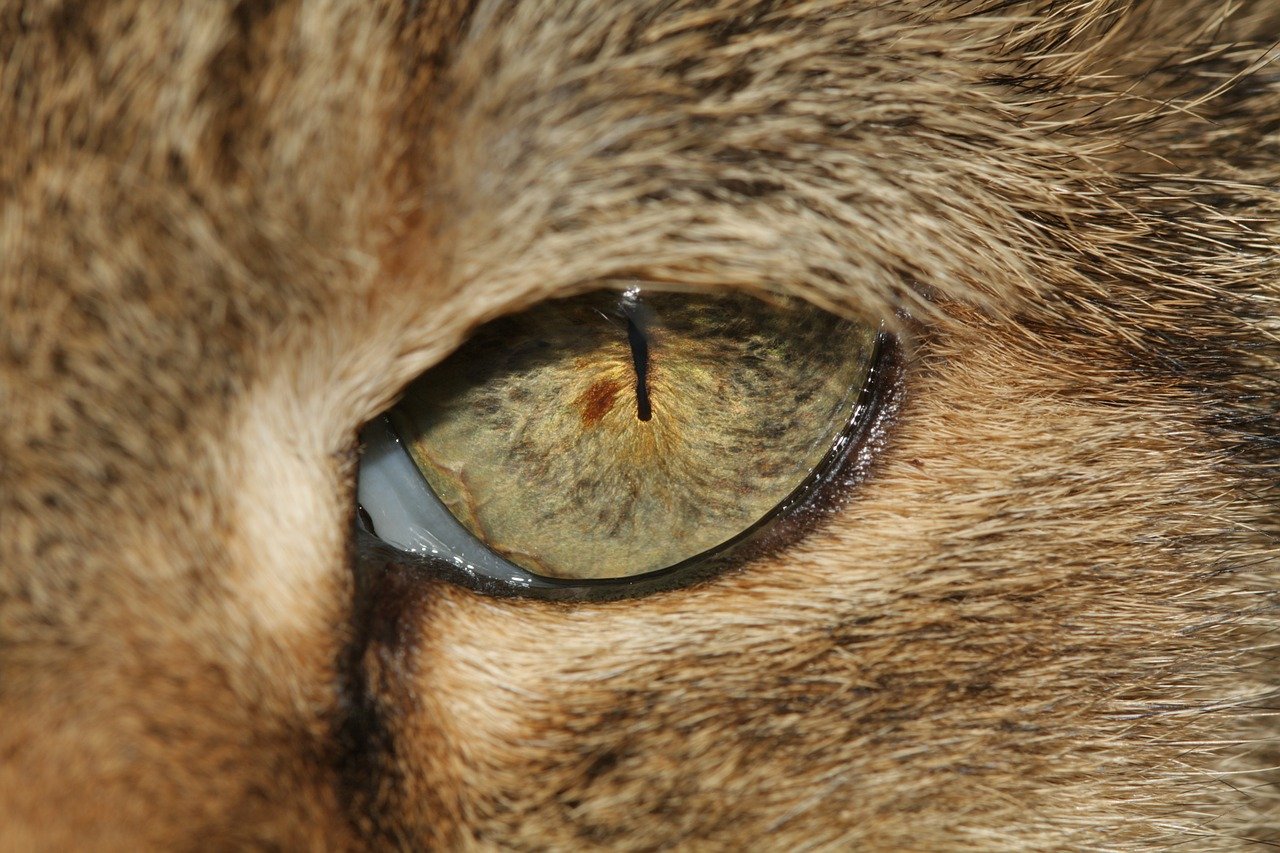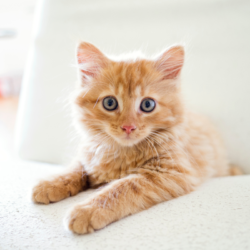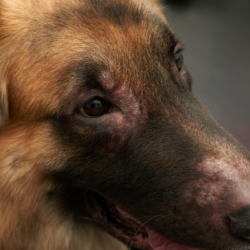Coryza in cats is an infectious disease in which several pathogenic entities are responsible, alone or in combination, for more or less severe damage to the upper respiratory tract but also to the ocular and oral mucous membranes. This attack is generally manifested by nasal and ocular discharge , sneezing , or even general signs such as hyperthermia , depression or even anorexia which can however prove to be fatal in young kittens.
Coryza is also characterized by its possibility of evolution into chronic disease . However, this may concern the respiratory tract in the form of rhinitis, the eyes in the form of conjunctivitis or the oral cavity in the form of stomatitis. The problem then lies in the frequency of recurrences despite the treatments implemented. More serious complications such as neonatal ophthalmia, osteolysis of the nasal turbinates or pneumonia are also described, although they remain rarer.
Coryza in cats: a disease still relevant today
Among the respiratory ailments of cats, coryza is the one that poses the most problems because of its multiple aetiology. Indeed, two viruses (a herpesvirus and a calicivirus ) and a bacterium ( Chlamydophila felis ) may be, alone or in combination, responsible for the development of this disease . Other agents such as reoviruses, mycoplasmas or other bacteria can also intervene as opportunistic or superinfection agents .
The interests of homeopathy in cat colds
Coryza in cats remains an infectious disease that poses a problem not only in individual pathology but especially in feline communities because of its significant contagiousness. Vaccination does not prevent infection and allopathic therapy is not always effective, especially in chronically infected animals. Its eradication is also very difficult because of the existence of healthy carriers.
Homeopathy has several advantages which make it an interesting therapy in the treatment of common cold. The interest of homeopathy lies in the fact that it is both an individual therapy, that is to say adapted to each patient (and not to each disease as in allopathy) but also a field therapy.
Homeopathic medicines that can be used in coryza
There are two phases of the disease :
- An “acute” phase which corresponds to the beginning of a coryza and characterized by generally serous and clear discharge
- A “chronic” phase corresponding to secondary bacterial infections and characterized by rather thick and yellowish discharge
Acute coryza:
- Oscillococcinum : ½ dose morning and evening for 5 days.
- Allium cepa compound : 10 drops every 2 hours then morning and evening until healing.
Chronic coryza:
Regarding the treatment of chronic coryza, it is advisable to combine several drugs :
- Mercurius solubilis 7CH : 3 granules morning and evening (mouth damage and irritating secretions)
- Hepar sulfur 7CH : 3 granules morning and evening (suppurations)
- Silicea 7CH : 3 granules morning and evening (chronic suppurations)
- Tuberculinum 15CH : 10 granules once a week (background drug)
Medical bibliographic sources and clinical trials :
- Br. J. clin. Pharmac. A controlled evaluation of a homeopathic preparation in the treatment of influenza-like syndromes, 1989
- British homeopathic journal, Oscillococcinum in patients with influenza-like syndromes; A placebo-controlled double-blind evaluation, 1998
- B. Poitevin, LHF, From the use of Silicea in homeopathy to the effect of high dilutions of silica on macrophages, 1987
- BRIOT A. (2003) Homeopathic approach to the field. GLEM, Lyon
- DEMARQUE D., JOUANNY J., POITEVIN B., SAINT-JEAN Y. (2000) Pharmacology and homeopathic medicine
- INSTITUT BOIRON (1992) Glossary of homeopathy
- ISSAUTIER MN, CALVET H. (2004) Homeopathic veterinary therapy. 5th edition
- MILLEMANN J. (1999) Homeopathic veterinary medicine
- BARNETT KC, CRISPIN SM (1998) Conjunctiva, limbus, episclera and sclera. In: Barnett KC and Crispin SM Feline ophthalmology. An atlas and text. WB Saunders
- BOUCRAUT-BARALON C. (2002) Contagious feline coryza. In: Veterinary encyclopedia – General medicine, Elsevier, Paris





